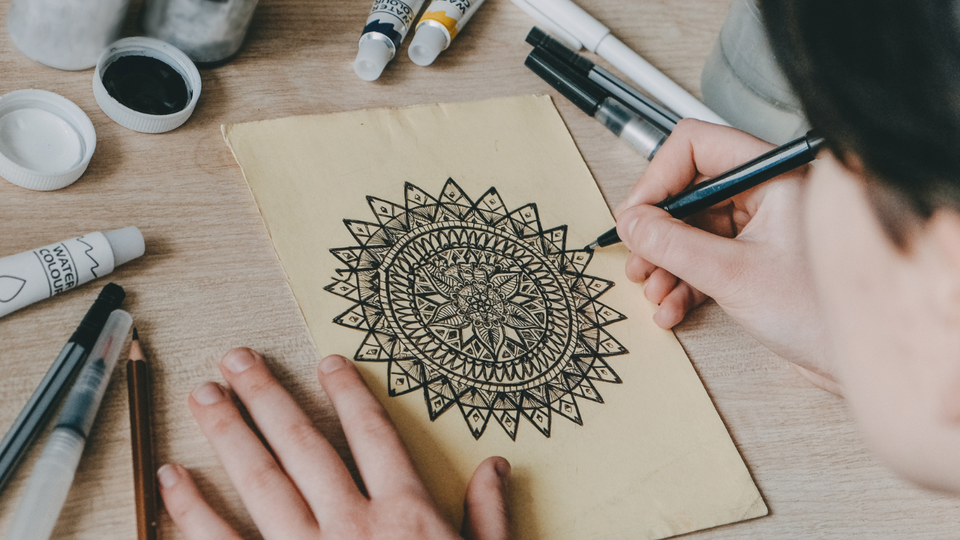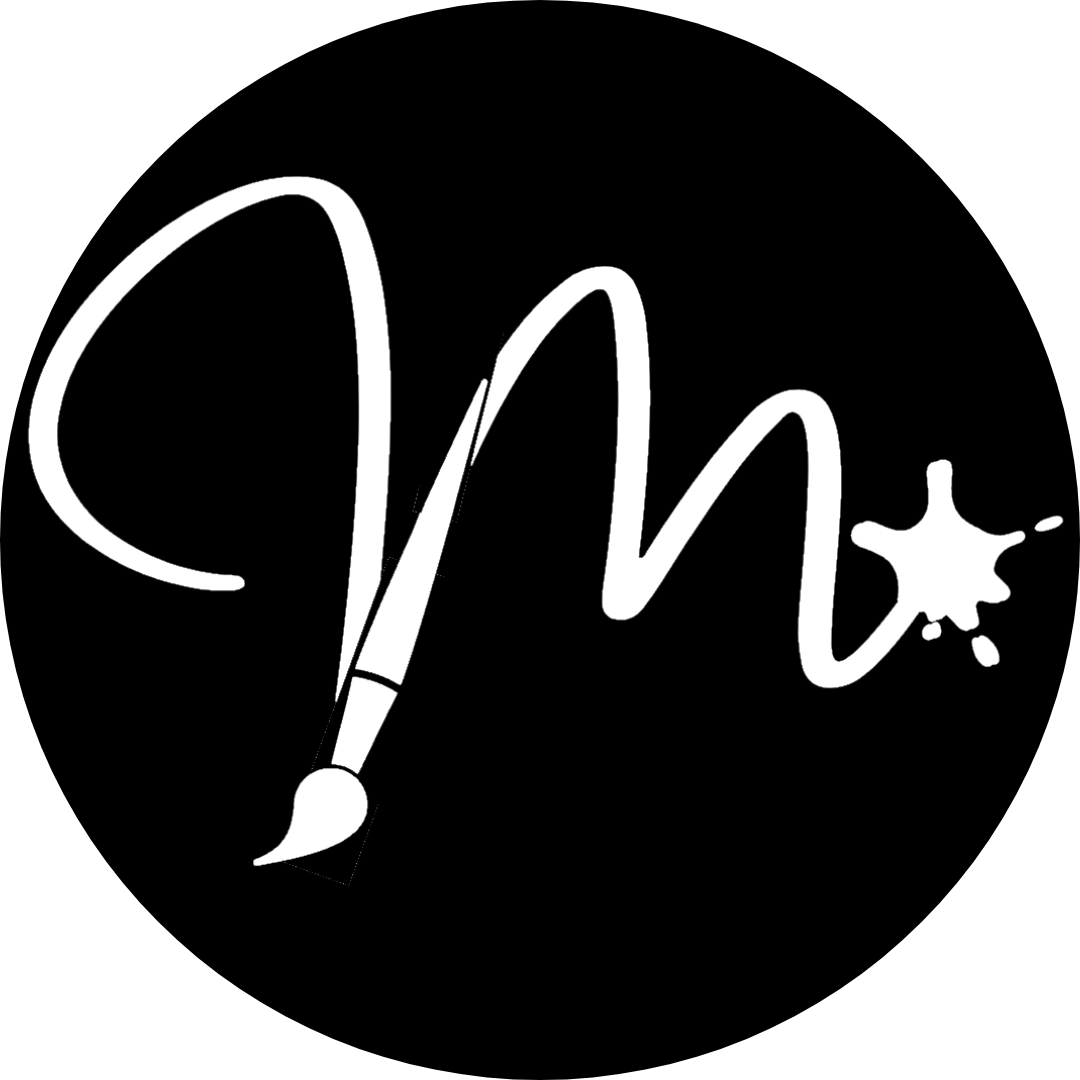Using Art As A Way To Process Negative Emotions
Written by Megan ~ Art was there through it all. It was there to give me a space to process my feelings. I spend a lot of my spare time drawing my feelings.

Art Therapy Helped
Art was there through it all. It has always been there to give me a space to process my feelings. I spend a lot of my spare time drawing my feelings. I draw things that make me angry, sad, frustrated, helpless, fearful, guilty and lonely. I've went to a few art therapists in my life. What I have learned from them has been so important to my growth. I wish more people had access to this form of art in school. Art therapy can create a new way of looking at creation.
11 Ways To Process Emotions Through Art
Here are 11 ways I've used art to process my negative emotions.
- Expressive Mark Making: Use big brushstrokes, thick lines or throw paint at a wall to express strong negative emotions like anger or frustration.
- Exploring Symbolism: Create artwork that includes symbols or imagery that represent negative emotions. This can help you understand the underlying causes of your emotions.
- Colour Therapy: Choose colours that represent your emotions, and use them in your artwork. Example; red is anger, blue is sad, purple is excitement
- Abstract Art: Create abstract art that captures the feeling of your negative emotions. Don't draw or paint anything in the real world just use your imagination.
- Collage: Use snipped images from magazines to create a visual representation of your emotions.
- Mindful Colouring: Choose a colouring book that has mandalas or repeating patterns, and colour mindfully.
- Figure Drawing: Draw figures that represent your emotions. Example; Enclose a stick figure in a box if you're feeling trapped. Draw a person falling if you feel out of control.
- Narrative Art: Use characters and different scenes to explore the complexity of your feelings. I used to make comic books.
- Portrait Art: Create a portrait that captures the emotions of a person who is important to you. This can be a powerful way to process complex emotions and reminds you that you have people to support you.
- Using Guided Imagery: Using guided imagery exercises to help explore emotions. Example; visualizing a safe place, imagining a conversation with a loved one, or visualizing a journey that represents the process of healing. Then drawing out this scene on paper.
- Music + Art: I used to pick an album that represented what I was feeling and draw what they were talking about. It helped me stay focused on getting the emotions out. Paramore or MGK albums are my go to.
Remember these points when you're feeling big emotions. Sit in those feelings, use art to process them and then let those feelings pass. Continue to come back to your art practice and it will get easier to do.
Read about how my art style has changed over the years.
ADHD Changed My Art Style
I found myself leaving a lot of projects unfinished which made me feel discouraged to create more art. This made me sad.

"The purpose of art is to make the invisible visible." - Paul Klee
"Art is a way of recognizing oneself." - Louise Bourgeois
"Art is the only way to run away without leaving home." - Twyla Tharp
"The aim of art is to represent not the outward appearance of things, but their inward significance." - Aristotle
"Art should comfort the disturbed and disturb the comfortable." - Cesar Cruz


Member discussion